Nanographene horizons: the emerging role of hexa- peri-hexabenzocoronene in functional material design
- PMID: 40895744
- PMCID: PMC12394830
- DOI: 10.1039/d5ra04623h
Nanographene horizons: the emerging role of hexa- peri-hexabenzocoronene in functional material design
Abstract
Hexa-peri-hexabenzocoronene (HBC) and its derivatives have emerged as prominent polycyclic aromatic hydrocarbons (PAHs) due to their unique structural, electronic, and photophysical properties. This review provides a comprehensive overview of the synthetic strategies employed for the construction of HBC frameworks, ranging from traditional methods to recent advances that offer improved efficiency, regioselectivity, and structural diversity. The molecular architecture of HBCs, characterized by extended π-conjugation and planarity, contributes significantly to their stability and distinctive physical properties, including high charge-carrier mobility and tunable optical absorption. We further highlight the multifaceted applications of HBC-based materials, particularly in the realm of organic and optoelectronic devices, where their excellent semiconducting behavior and strong π-π stacking facilitate their use in organic field-effect transistors (OFETs), organic photovoltaics (OPVs), and organic light-emitting diodes (OLEDs). Their roles in energy storage, especially in supercapacitors and battery systems, are also discussed, focusing on their ability to enhance charge storage and cycling stability. Moreover, HBCs have demonstrated potential as catalytic platforms and chemical sensors due to their electron-rich surfaces and functionalizable peripheries. Finally, the incorporation of HBC derivatives in biomedical fields such as bioimaging and drug delivery is reviewed, with emphasis on their biocompatibility, fluorescence properties, and structural adaptability. Overall, this article underscores the significant progress in HBC research and its expanding role in diverse scientific and technological domains.
This journal is © The Royal Society of Chemistry.
Conflict of interest statement
The authors have no conflict of interest to declare.
Figures




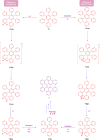
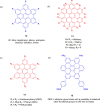

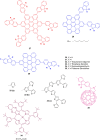




















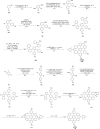
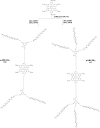











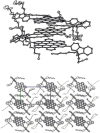























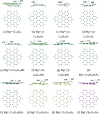



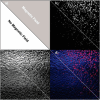

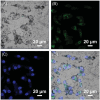






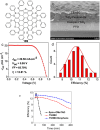



Similar articles
-
Prescription of Controlled Substances: Benefits and Risks.2025 Jul 6. In: StatPearls [Internet]. Treasure Island (FL): StatPearls Publishing; 2025 Jan–. 2025 Jul 6. In: StatPearls [Internet]. Treasure Island (FL): StatPearls Publishing; 2025 Jan–. PMID: 30726003 Free Books & Documents.
-
Molecular Gridization of Organic Semiconducting π Backbones.Acc Chem Res. 2025 Jul 1;58(13):1982-1996. doi: 10.1021/acs.accounts.5c00180. Epub 2025 Jun 13. Acc Chem Res. 2025. PMID: 40512962
-
Management of urinary stones by experts in stone disease (ESD 2025).Arch Ital Urol Androl. 2025 Jun 30;97(2):14085. doi: 10.4081/aiua.2025.14085. Epub 2025 Jun 30. Arch Ital Urol Androl. 2025. PMID: 40583613 Review.
-
Electrophoresis.2025 Jul 14. In: StatPearls [Internet]. Treasure Island (FL): StatPearls Publishing; 2025 Jan–. 2025 Jul 14. In: StatPearls [Internet]. Treasure Island (FL): StatPearls Publishing; 2025 Jan–. PMID: 36251838 Free Books & Documents.
-
Interventions to improve safe and effective medicines use by consumers: an overview of systematic reviews.Cochrane Database Syst Rev. 2014 Apr 29;2014(4):CD007768. doi: 10.1002/14651858.CD007768.pub3. Cochrane Database Syst Rev. 2014. PMID: 24777444 Free PMC article.
References
-
- Novoselov K. S. Geim A. K. Morozov S. V. Jiang D. Zhang Y. Dubonos S. V. Grigorieva I. V. Firsov A. A. Science. 2004;306:666–669. - PubMed
-
- Geim A. K. Novoselov K. S. Nat. Mater. 2007;6:183–191. - PubMed
-
- Novoselov K. S. Fal′ko V. I. Colombo L. Gellert P. R. Schwab M. G. Kim K. Nature. 2012;490:192–200. - PubMed
-
- Chen W. Xiao P. Chen H. Zhang H. Zhang Q. Chen Y. Adv. Mater. 2019;31:1802403. - PubMed
Publication types
LinkOut - more resources
Full Text Sources
Research Materials
Miscellaneous

